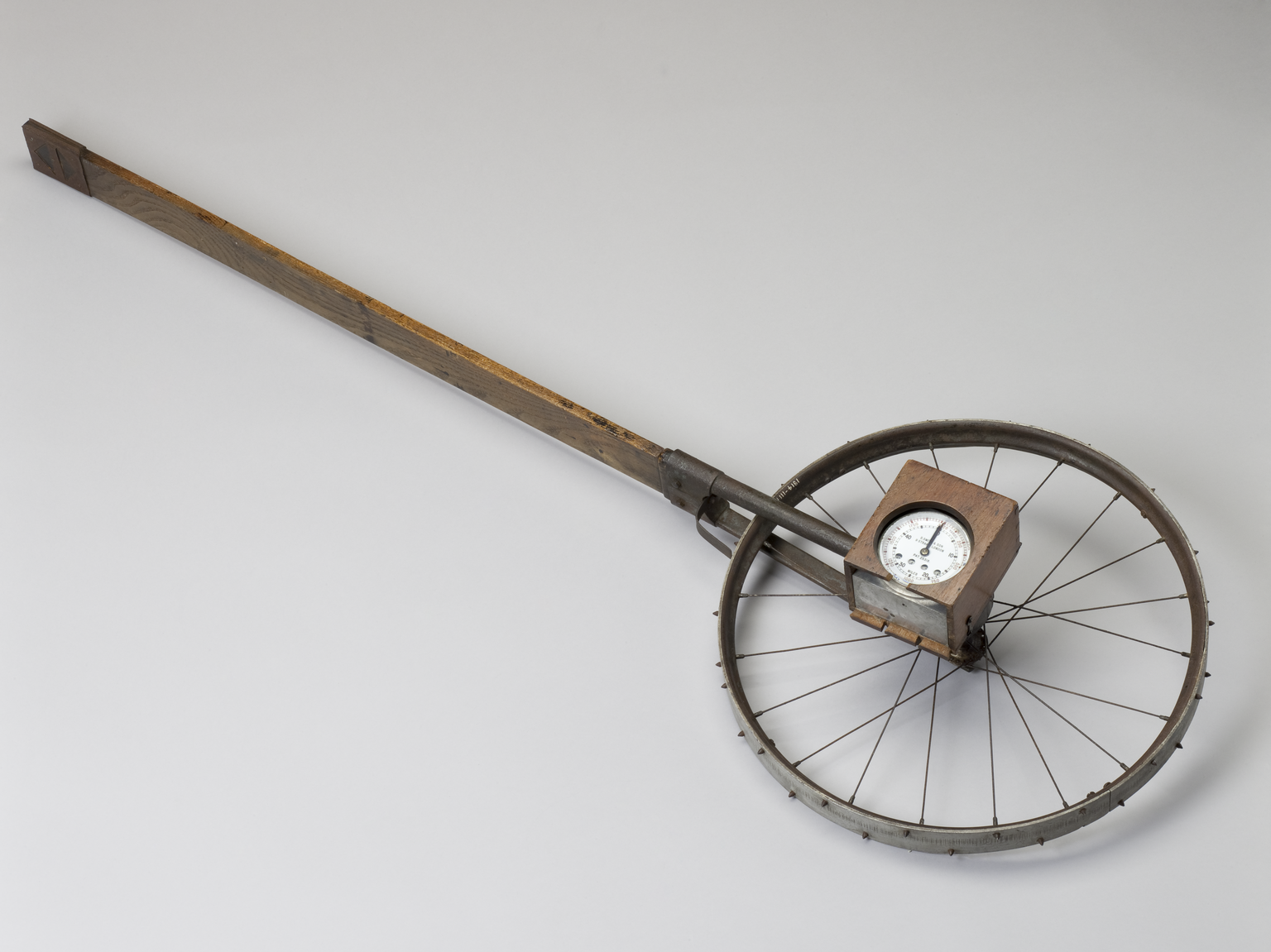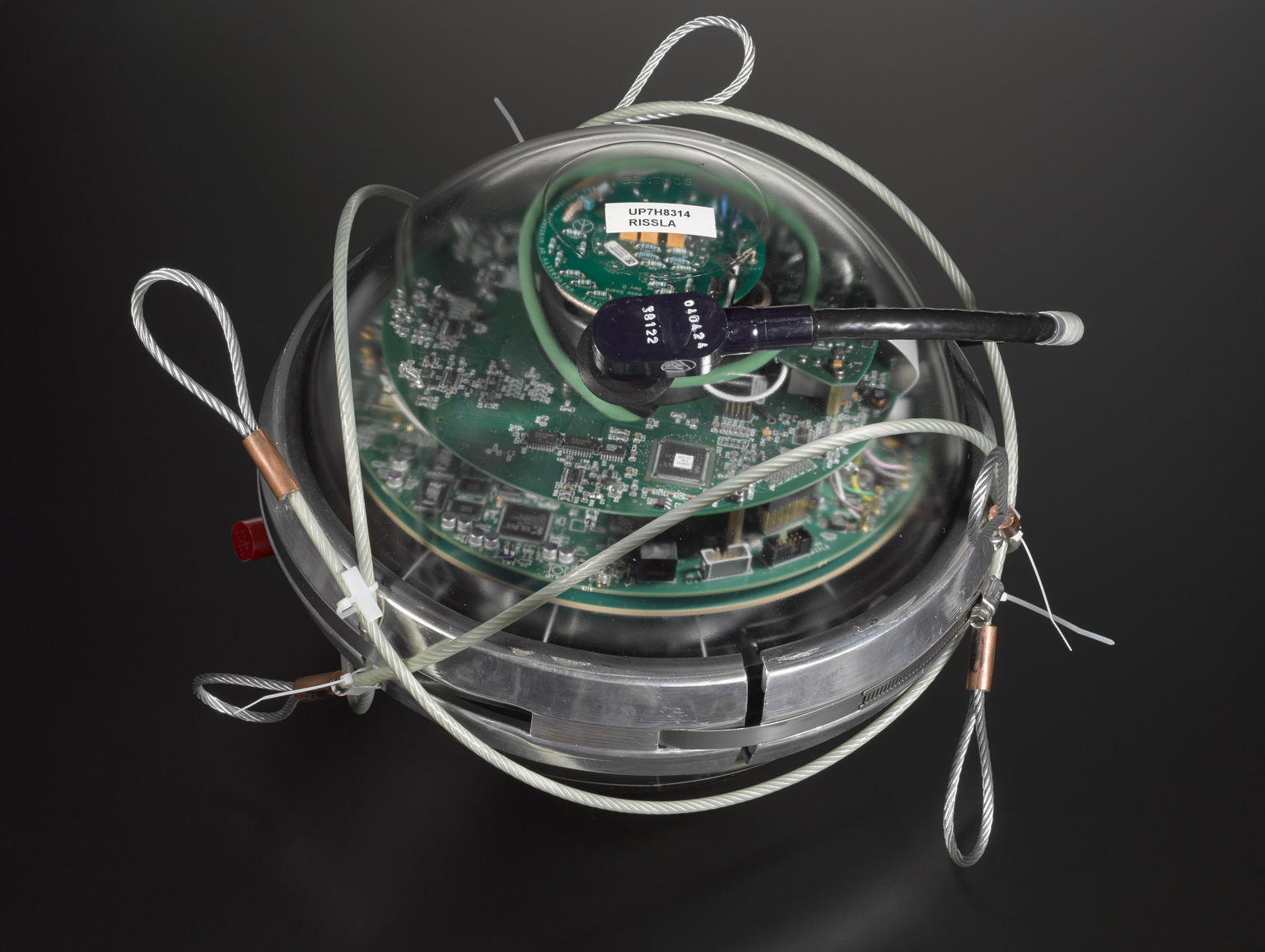The Ancient Greeks had thought there was a ‘Great Southern Continent’, but this had been no more than a theory.
Captain Cook was searching for proof when he was the first person known to have crossed the Antarctic Circle in 1773, but Cook was driven back by poor conditions before he could sight land.
In January 1820, the separate voyages of the Russian, Captain Bellingshausen, and the Briton, Captain Bransfield, both discovered this elusive continent and began our 200-year relationship with Antarctica.
Cook had believed that a continent as far south as Antarctica could never be profitable. But he was proved completely wrong by whaling and sealing captains. Whaling harpoons like this one show how these creatures were exploited for profit.

Antarctic explorers had long preyed on the local wildlife to feed their crew, but this soon became an entire industry. Whaling in the Southern oceans took off at the turn of the 20th century as whale populations had been hunted to near extinction in the north Atlantic and Pacific.
In 1904, the first commercial whaling station opened in South Georgia Island, just off Antarctica. Soon, many other whaling companies were also set up in the Southern Oceans.
Demand was so high that whales near the whaling stations were hunted to near extinction and the whaling companies resorted to massive factory ships which allowed them to hunt the seas for whales.
In 1932, the whaling companies introduced voluntary quotas, but it was too late for many species.
The by-products of whaling were used for centuries in a huge variety of ways. Whale oil lamps were common and some parts of the whale were particularly prized in cosmetics.
This contemporary illustration also shows how almost the entire whale was used. The First World War drove demand for Antarctic whaling as blubber was needed to produce explosives, but then the Antarctic whaling industry declined due to over-fishing and lower demand for whale by-products. The British Antarctic whaling industry didn’t end until the early 1960s and some commercial whaling in Antarctica continues to this day.

Exploration is one of the most well-known parts of our Antarctic relationship. The ‘heroic’ age of Antarctic exploration, from around 1900 to the 1920s, saw various countries and explorers competing to each go further than any had before.
The ultimate goal was to reach the South Pole.
In this era before GPS, navigating in extreme environments like Antarctica was particularly tricky. Early 20th century explorers combined a range of methods to plot their course.
One way they kept track of their progress and navigated was using odometers. This sledge odometer was used on Captain Robert Scott’s ill-fated 1910 – 1913 expedition.

This odometer worked much like one in a car and gave a fairly accurate measurement of how far had been travelled. This information was used alongside other tools like sextants, which calculate latitude or how north or south you are, to try to accurately plot progress on a map.
Navigating Antarctica is much easier today with GPS giving more accurate information and even helping scientists, like those at the British Antarctic Survey, to map previously un-surveyed parts of the Antarctic continent, allowing us to continue to explore.
Science has long been used as a reason for Antarctic exploration. For example, Scott had lofty scientific goals on his 1910 – 1913 expedition and his body was later found with precious geological samples and scientific notebooks.
Cutting edge science is still happening at the South Pole today.
This Digital Optical Module (DOM) is an example from the Ice Cube South Pole Neutrino Observatory. This collaborative project involves around 300 scientists from 52 institutions in 12 countries and is searching for dark matter.
They are looking for cosmic rays in our atmosphere which could give clues to the structure of the universe. The DOMs look for the blue light given off when the neutrinos collide.

The fact that this research is happening in Antarctica is no coincidence.
To detect the light produced by these reactions, the light needs to travel through a large amount of transparent material before reaching the DOMs. The ice in Antarctica is perfect for this because it is very thick, and the pressure of this means that there are very few air bubbles. The ice also helps to protect the DOMs from background radiation.
The legacy of generations of previous scientific research at the South Pole also means that there is the infrastructure to support a project this large. Other important research projects in Antarctica involve using robots to explore under ice sheets and hunting for meteorites.
Antarctica is a unique environment. Over the past 200 years our relationship with Antarctica has been complicated. But it’s also important to think about the future.
Climate change is threatening this unique environment and it is at risk of losing what makes it so special. It is one of the fastest warming areas of Earth, contributing to ice melting and sea levels rising as well as threatening the habitat and future of wildlife like penguins and seals.
The question we need to ask ourselves is: what could and should our relationship with Antarctica look like in another 200 years?
For more information about other exciting Antarctic objects from the Science Museum collections see this blog post.
Main image: Gary Bembridge from London, UK [CC BY]
